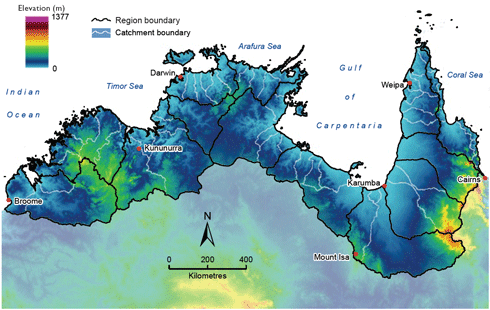
|
Published:
Eyre Peninsula: added protection and eco-tourism project
Efforts to safeguard the near-pristine Eyre Peninsula in South Australia (Ecos 149, p. 18) saw two notable developments in recent months.

|
|
The white-bellied sea eagle is one of the rare and endangered species found on the Eyre Peninsula. Credit: Grant Hobson
|
In a move welcomed by conservation groups, the state government bought 10 parcels of land on the peninsula to help protect rare and endangered wildlife, including the white-bellied sea eagle, osprey and Australian sea lion.
The new coastal conservation areas between Cape Blanche and Slade Point and sand dunes on the northern side of Searcy Bay will add 1400 hectares to the existing parks and reserves between Streaky Bay and Venus Bay.
The state’s Environment and Conservation Minister, Jay Weatherill, said protecting key areas ‘will encourage sustainable tourism and appropriate coastal management’.
As well as purchasing freehold land, the government announced it will allocate Crown Land to augment the existing parks and reserves system. For example, land surrounding Baird Bay will be joined to the Baird Bay Islands Conservation Park to form a Baird Bay Conservation Park.
The Department for Environment and Heritage will also open an office in Streaky Bay and appoint a District Ranger to oversee the conservation areas.
Soon after this announcement, however, a proposed eco-tourist village at the Eyre Peninsula’s Cape Bauer was declared a major development, a year after the state government had rejected a similar application.
According to the South Australian Urban Development and Planning Minister, Paul Holloway, the development – about 15 kilometres north-west of Streaky Bay – has been declared ‘major’ because the fragile cliff-top environment warrants the level of scrutiny afforded to major projects.
The current plan is for a tourist village on 150 hectares, along with restoration of more than 700 hectares of dunes and scrub. The minister said the resort would make ‘much better use of what is now agricultural land’.
The eco-resort will include conference facilities, a restaurant, a swimming pool, a shop, 12 hotel/motel style rooms, 22 ‘coastal villas’ and 30 owner-occupied holiday homes. The proposal also seeks to create 300 rural living allotments.
The project is being considered by the state’s Development Assessment Commission.



